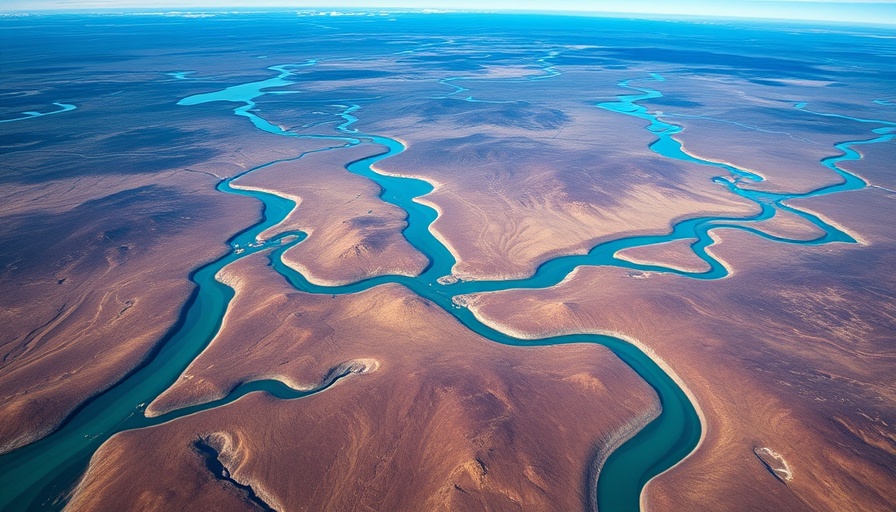
Trump Administration Moves to Open Alaska's Wildlife to Drilling
Recently, U.S. Interior Secretary Doug Burgum announced a significant policy shift, proposing to open up millions of acres of Alaska's National Petroleum Reserve (NPR) for oil and gas drilling. This shift marks a stark reversal of the protective measures established during the Biden administration, which had sought to limit exploration in this ecologically rich area.
Why Does This Matter?
The proposed regulations are particularly controversial because the NPR encompasses a vital habitat for various threatened species, including polar bears and caribou. By prioritizing energy production over ecological preservation, the shift raises critical questions about the balance between energy independence and environmental conservation.
The Ecological Impact
Environmentalists have expressed considerable concern over this decision, citing the potential threats to local wildlife and Indigenous communities that rely on the land for subsistence. Kristen Miller from the Alaska Wilderness League stated, “The rollbacks threaten wildlife, local communities, and our climate.” This sentiment resonates deeply, especially among Indigenous groups like Grandmothers Growing Goodness, who highlight the cultural significance of the Teshekpuk Lake area.
Supporting Energy Independence or Selling Out Nature?
Supporters of the drilling expansion, including local Republican Senator Dan Sullivan, argue that this move is essential for America's energy security. However, critics insist on a reevaluation of what 'responsible energy development' truly means in the context of the climate crisis. The pressing challenge remains: can America support its energy needs while protecting its natural heritage?
Looking Ahead
As this proposal progresses, communities and stakeholders across the political spectrum will need to weigh their options carefully. The ongoing debate underscores a critical crossroads in U.S. energy policy— one that could either enhance energy independence or exacerbate ecological degradation. Understanding the implications of these decisions will be crucial as the landscape of energy policy continues to evolve.
As the shifting sands of policy redefine the future of Alaska’s wildlands, citizens must engage in the discussions about how best to balance economic and ecological needs. Gathering insights, sharing perspectives, and advocating for sustainable practices will be vital in shaping a more responsible path forward in energy development.
 Add Row
Add Row  Add
Add 




Write A Comment